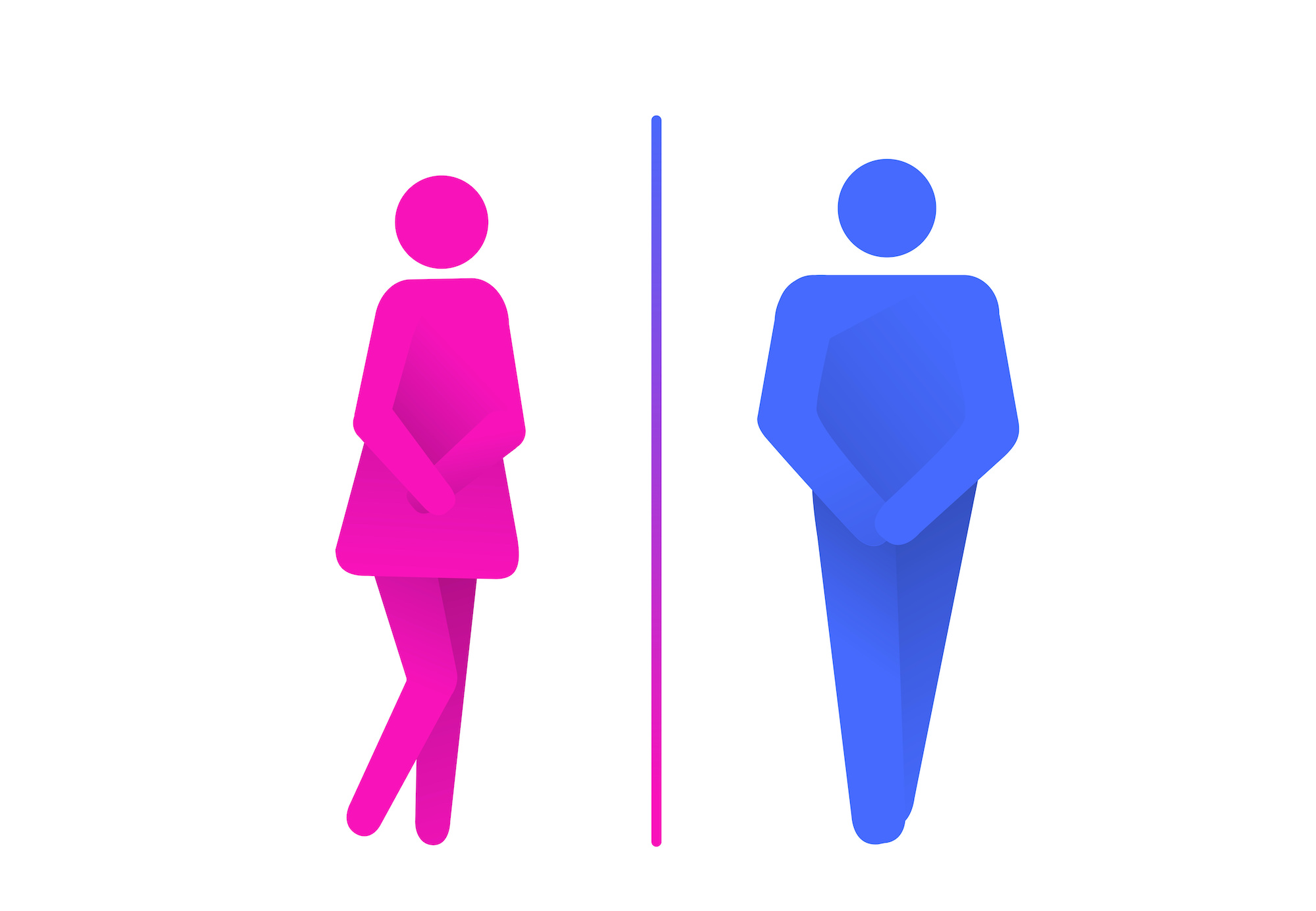There aren’t too many areas of someone’s life that urinary incontinence doesn’t affect. The loss of bladder control affects your social life, your self-confidence, and your relationships. Luckily, with an accurate diagnosis, most people can be treated successfully, allowing them to enjoy a normal life again. Treatment will depend on the type of incontinence and its specific cause.
That’s why the first step to treating urinary leakage is to diagnose it correctly. There can be many causes of urinary leakage from poorly controlled diabetes, to obstruction, to a weak sphincter muscle, to neurological problems.
Treatment Options & Medications for Bladder Control
For many, treatment options or medication provide the solution. Obviously, we don’t jump to surgery or implants as the first course of treatment. We strive to be as minimally invasive as possible when finding solutions. But, if you’ve tried these options with little to no success, then surgery may be your best option. Here are treatments and medications that have proven effective at relieving the problem in many patients, albeit some may take a little time, so patience is important:
Treatments
- Fluid and diet management – avoid caffeinated or acidic foods and drinks like tomatoes and citrus fruits and drink adequate water
- Bladder retraining – for a small capacity bladder one might increase the length of time between urinations to improve bladder size and hopefully control
- Bowel management – avoiding constipation with the help of fiber, stool softeners, or sometimes laxatives.
- Pelvic floor (Kegel) exercises – learn techniques to strengthen your pelvic muscles
- Biofeedback – can help you determine when you’re exercising the right muscles
- Special absorbent pads and underwear – these have improved in recent years and may be all that is needed, particularly in the elderly or infirmed.
Medications
- For urge incontinence (sudden onset uncontrollable urge to urinate), your doctor may prescribe medicine to relax your bladder muscles.
- For nocturnal urination (urinating frequently at night), there are medications that cause your body to make less urine at night.
Types of Urinary Incontinence
If your doctor says that treatments and medications are not effective, surgery or an implant may be recommended. Depending on the type of urinary incontinence one suffers from, different options exist. Here are the different types of urinary incontinence patients may experience:
- Stress incontinence – accidental leakage when you exert pressure on your bladder by coughing, sneezing, laughing, exercising, or lifting something heavy.
- Urge incontinence – a sudden uncontrollable urge to urinate. Also known as overactive bladder or OAB, urge incontinence happens when your brain tells your bladder to empty, even when it isn’t full. Or the bladder muscles are just too active causing it to contract before it is full, causing leakage. Urge incontinence is more likely to occur in men with prostate problems and in women after menopause.
- Overflow incontinence – when your bladder doesn’t fully empty, frequent or constant dribbling of urine results because the kidneys constantly process urine, filling the bladder. (This is more common in men especially with enlarged prostates)
- Functional incontinence – when a physical or mental impairment keeps you from making it to a bathroom in time (common in elderly patients)
- Mixed incontinence – a combination of two or more types of incontinence. Commonly, some people leak urine with activity (stress incontinence) and often feel the urge to urinate (urge incontinence) as well.
Surgery and Implanted Devices
Bulking Agents
For those who suffer from stress incontinence (accidental leakage that happens when physical activity such as coughing, laughing, sneezing, running, or heavy lifting puts pressure “stress” on your bladder), a thick substance called a bulking agent can be injected into the area around the bladder to support it. This procedure is best for mild leakage in patients at higher risk for more invasive surgery.
Electrical Device
Sacral nerve stimulation, (also called sacral nerve modulation) is where a surgeon implants a small electrode under the skin to deliver a mild electrical signal to the pelvic nerves to calm the bladder and reduce leakage. This is a simple outpatient procedure that is minimally invasive and reversible.
Sling Surgery
Female Sling Surgery – In this surgery, the doctor places a sling, or small piece of tissue (can be patient tissue, donor tissue, or surgical mesh) under the urethra to support it. Typically, the surgery is performed through a vaginal approach which minimizes pain and discomfort for the patient following surgery. The surgery can be performed as an outpatient surgery with a brief anesthetic. This is usually very effective and is done on an outpatient basis. Learn more about female incontinence sling surgeries we offer.
Male Sling Surgery – The male sling uses a similar technique to the female sling. Also an outpatient surgery done under anesthesia, a piece of surgical mesh is placed under the urethral bulb to support it and control leakage. The best candidates are men with stress incontinence. Visit our website to learn more about male incontinence surgery.
Artificial Urinary Sphincter
This implanted device replaces the natural muscle that controls the urine flow at the outlet of the bladder. This works best for men who suffer from significant stress incontinence due to failure of their native urinary sphincter muscles, most commonly from prostate removal.

